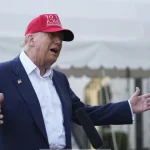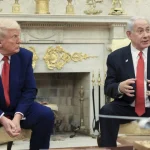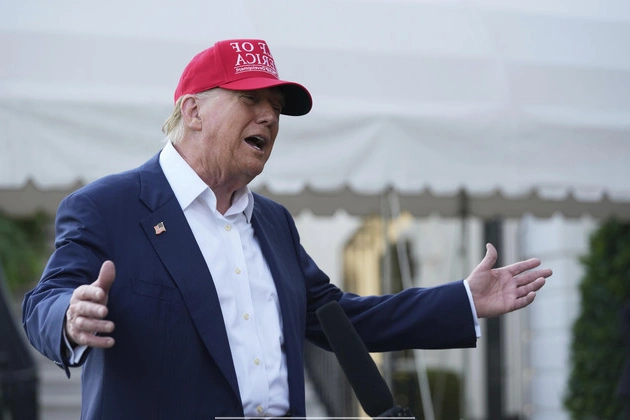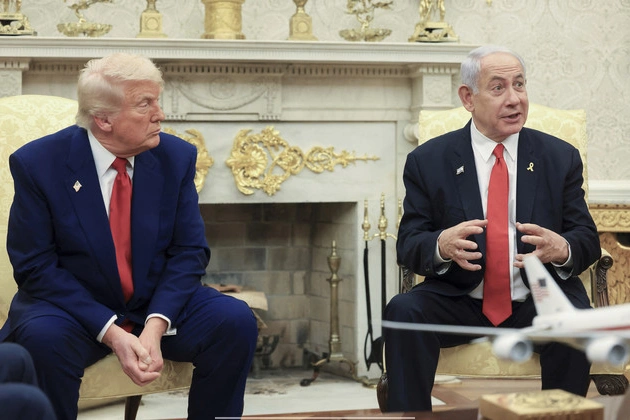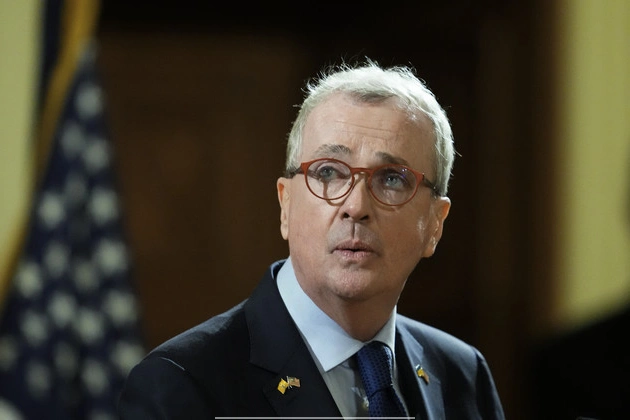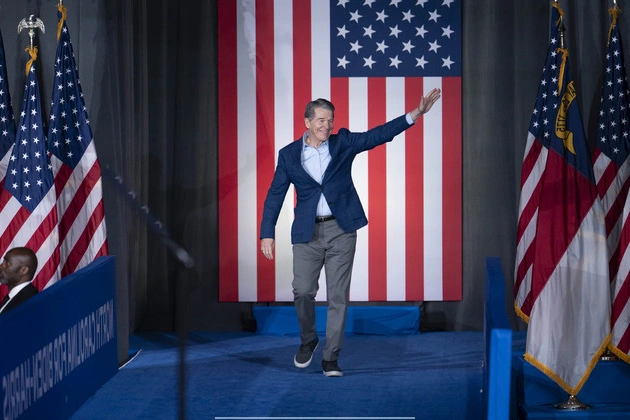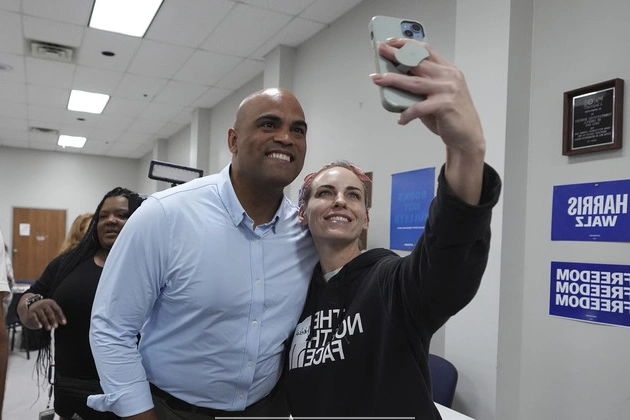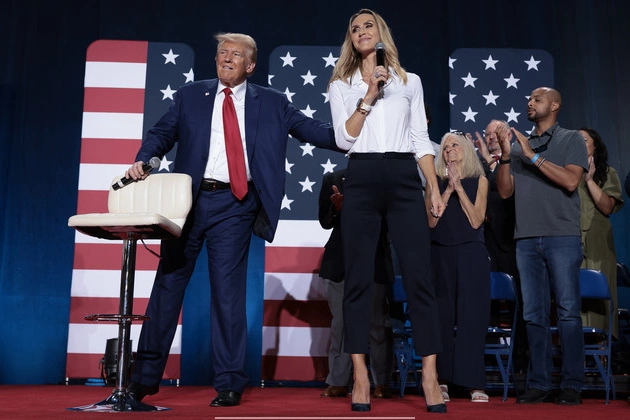
President Donald Trump has taken a controversial stance by attempting to strip collective bargaining rights from the majority of federal employees. This move is part of his broader efforts to reduce the influence of unions within the federal workforce.
Key Highlights of the Executive Order
Trump’s executive order, issued late Thursday, leverages a seldom-used provision in labor laws to exclude certain agencies from longstanding unionization rights, citing national security concerns as justification.
The order effectively terminates collective bargaining with federal unions in several key departments, including Agriculture, Defense, Health and Human Services, Justice, State, Veterans Affairs, EPA, and USAID. Additionally, the Transportation secretary is granted authority to remove labor rights from the Federal Aviation Administration and other relevant divisions.
Impact on Federal Workforce
This directive affects approximately 67% of the federal workforce, impacting 75% of unionized workers. These actions are part of a larger initiative to streamline the federal bureaucracy and centralize control within the White House.
Legal Challenges and Responses
Unions representing federal employees have swiftly responded to Trump’s order, with one major union vowing legal action. The American Federation of Government Employees condemned the move as a retaliatory attack on civil servants who oppose the administration’s policies.
Historically, federal employees have had the right to unionize and collectively bargain since the Civil Service Reform Act of 1978. Trump’s order effectively eliminates these established rights, prompting significant pushback from union representatives and advocacy groups.
Future Implications
As federal employees and their representatives gear up for legal battles and advocacy efforts, the broader implications of this executive order remain to be seen. The clash between the administration’s directive and longstanding labor rights sets the stage for a contentious debate over the role of unions in the federal workforce.
Stay informed as this story develops and the implications of Trump’s executive order unfold.
